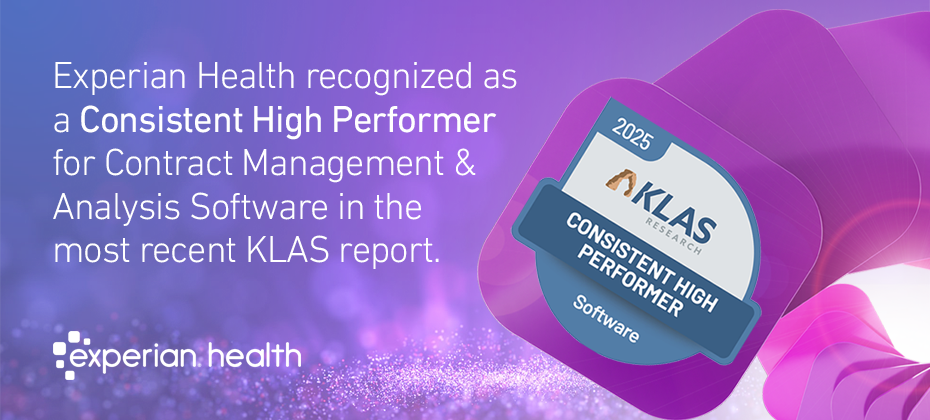
For healthcare providers, revenue cycle management has become more important than ever. Due to increasing complexity in the payer mix and patients encountering more out-of-pocket costs, revenue cycle directors are also finding management an uphill battle. To maximize their reimbursement rates, today’s healthcare providers must take control of revenue cycles, and that requires optimizing three particular areas: estimates, claims, and collections.
However, this task is much bigger than one person or department to enforce. For success, revenue cycle directors require an array of reliable, automated solutions that allow leveraging a wide range of data and comprehensive analytics with minimal employee input. At Experian Health, we offer a variety of solutions that help optimize healthcare systems’ revenue cycle management by simplifying the three key areas mentioned above.
Unlock vital revenue cycle management capabilities
With patients taking more responsibility for their medical costs, modern revenue cycles are most successful when tailored to patients. This includes providing accurate cost estimates upfront, making sure claims are clean before submitting, and prioritizing debt collection efforts where they are most successful.
1. Patient Estimates: providing accurate estimates early
In our consumer-centric environment, patients expect a greater level of insight into the costs of medical procedures, preferably before receiving treatment. No one likes to be surprised months after treatment with medical bills that far exceed what they expected. In addition, state laws now require hospitals to provide more accurate patient estimates.
For consistently accurate cost estimates, a healthcare provider must have a dependable price-generation process. For example, the estimates should incorporate a patient’s specific insurance information for accuracy. They should also be compared to the patient’s propensity to pay so a payment plan can immediately be set up, much like how financial institutions treat automobile loans.
Patient Estimates, Experian’s price transparency tool, auto-populates much of the necessary data so healthcare providers can deliver accurate patient estimates as early as possible. In turn, consistently accurate cost estimates raise healthcare providers’ chances of collecting revenue upfront and help avoid unnecessary headaches during the claims and collections processes.
2. Claim Scrubber: submitting clean claims
The conflicts caused by denied claims are expensive to fix. Interactions with payers cost medical groups thousands of dollars per physician each year. Many of those interactions result directly from denied claims, which often stem from inaccurate data. Claims data can be edited in Experian Health’s Claim Scrubber, which reviews each claim line by line and makes edits based on the platform’s data. Claim Scrubber combines the data with general, payer, and patient-specific information to guarantee each claim is properly coded every time.
3. Collections Optimization Manager: collecting debt strategically and efficiently
If a healthcare provider wants to redesign its collection processes to center around patients, it should rely less on random outbound calls and focus more on insight regarding each patient’s propensity to pay. The burden of collecting on past-due balances is a demanding task. It also reduces a healthcare provider’s chances of successfully collecting bad debt.
One of the most important reasons — among many — to consistently provide accurate estimates and claims is to make collecting debt more successful and less time-consuming. Granted, a healthcare provider can’t expect to collect every single outstanding fee. However, by concentrating on patients who are able to pay, a much greater percentage can be collected.
Furthermore, Experian Health’s Collections Optimization Manager helps complete revenue cycle management by using in-depth collected data to identify patients who are most likely to pay their hospital bills. In turn, staff members can utilize their time and resources more efficiently by contacting these specific patients first.
Like most companies, healthcare providers are beginning to realize that patient engagement is a top priority. With this elevated engagement comes the need for consistent price transparency for medical care. Luckily, Experian’s automated engagement solutions can help your healthcare system provide the increased transparency it needs while also optimizing its revenue cycle management.


